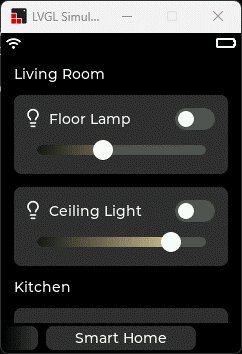Logitech surprisingly discontinuing its popular line of Harmony remotes left many owners of home entertainment systems seeking alternatives. While there are some new competitors, their ergonomics and battery life still leave room for improvement. To me, a DIY version of a universal remote seemed like a nice project that combines ergonomic design with low power and graphical interfaces.
While building a device that sends infrared codes seemed simple enough, it was challenging to optimize it for 3D-printing and still have it look like a commercial product. Running a touch-based UI on an ESP32 and making it responsive was also no easy task. If you want to find out more about this project, check out the project logs below.

 Max.K
Max.K
























 will.sweatman
will.sweatman

 WJCarpenter
WJCarpenter
 dariocose
dariocose
Certainly! Here's a thank-you comment you can use on a forum related to the "OMOTE - DIY Universal Remote":
Thank You for the OMOTE - DIY Universal Remote Forum!
I wanted to extend my heartfelt thanks to everyone in this forum for the wealth of information and discussions about the OMOTE - DIY Universal Remote.
Your insights, tips, and experiences have been instrumental in helping me explore and make the most of this versatile device. It's inspiring to see a community of like-minded individuals coming together to share their expertise and enthusiasm.
Thanks to this forum, I've not only gained a deeper understanding of the OMOTE - DIY Universal Remote but have also connected with fellow enthusiasts who share my passion for innovation and technology.
I'm excited to continue learning and sharing with all of you here. Once again, thank you for making this forum such a valuable resource.
https://mickeyminors.pk/